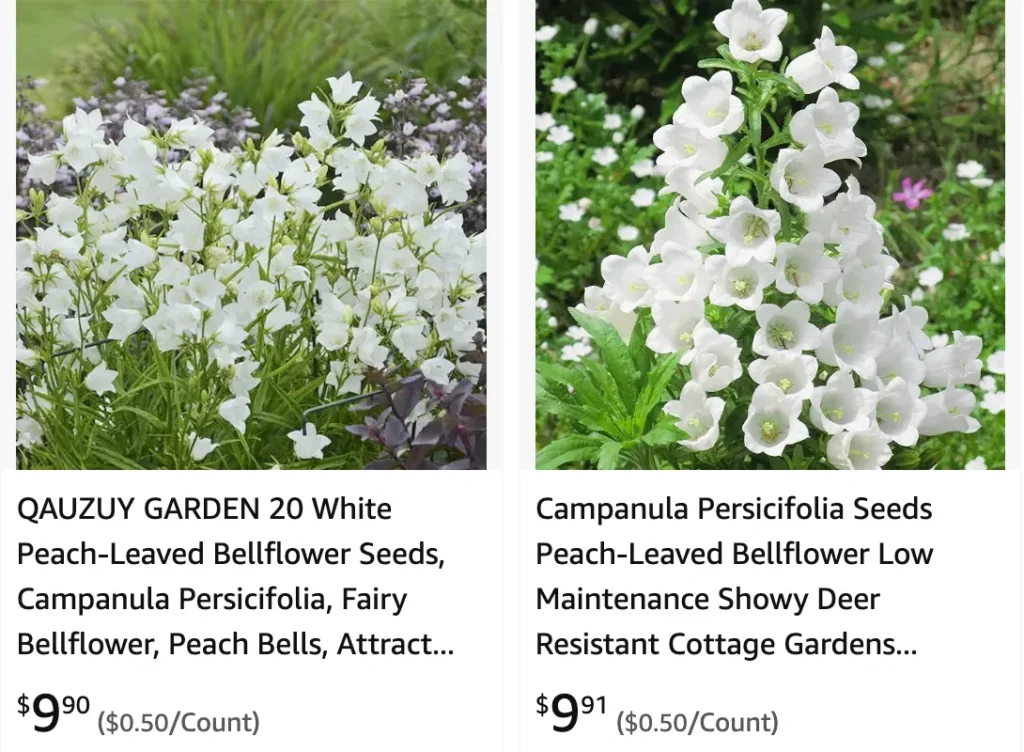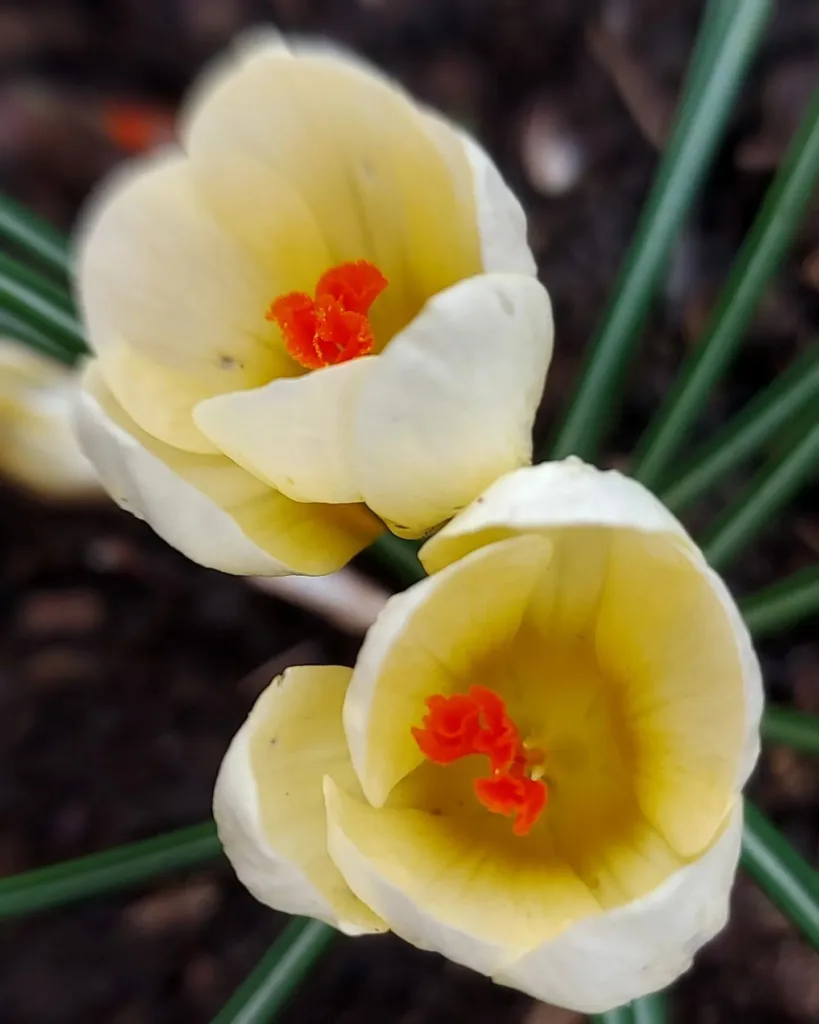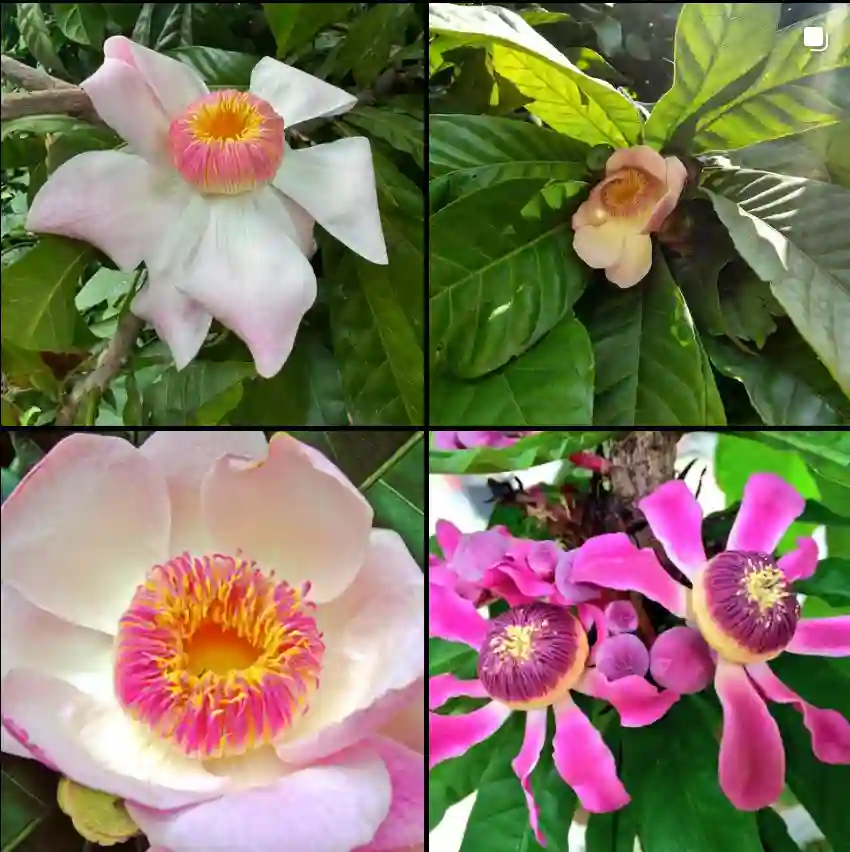
How to deadhead Campanula persicifolia?
Deadheading my Campanula persicifolia is a pretty simple and satisfying task. I wait until the flowers start to fade and then snip off the spent blooms just above the next set of healthy leaves. This not only keeps the plant looking tidy but also encourages more blooms. I make sure to use clean, sharp scissors or pruners to avoid damaging the plant. It’s almost like giving it a mini haircut, and it feels good knowing I’m helping it stay healthy and beautiful.
459 Species in Genus Campanula – Bellflowers
How to grow Campanula persicifolia?
Growing Campanula persicifolia has been a rewarding experience for me. I started by planting them in a spot that gets plenty of sunlight, although they do appreciate a bit of afternoon shade in hotter climates. The soil in my garden is well-draining, which is crucial for these plants. I added some compost to enrich the soil, and I water them regularly, especially during dry spells. Watching them grow tall and produce their bell-shaped flowers each year is a delight.
Is Campanula persicifolia invasive?
I was curious whether Campanula persicifolia could become invasive in my garden, and from my experience, it hasn’t been a problem. They spread slowly through rhizomes and self-seeding, but it’s been manageable. I keep an eye on them, pulling out any unwanted seedlings to control their spread. Compared to some other garden plants, they’re relatively well-behaved, and their beautiful blooms are well worth the effort.
How to care for Campanula persicifolia?
Here’s a guide on how to care for your Campanula persicifolia:
Light:
- Sunshine Preference: Campanula persicifolia thrives in full sun to partial shade. Aim for at least 6-8 hours of direct sunlight daily for optimal growth and flowering.
- Shade Tolerance: They can tolerate some shade, but flowering might be less abundant.
Watering:
- Moist Soil Preferred: Water your Campanula persicifolia regularly to maintain consistently moist soil. Avoid soggy conditions, but don’t let the plant dry out completely.
- Frequency Adjustment: Watering frequency will depend on weather conditions and your soil drainage. During hot and dry periods, you may need to water more often.
Soil:
- Well-Drained is Key: Well-drained soil is essential to prevent root rot. Use a good quality potting mix for container plants or amend your garden soil with compost or organic matter to improve drainage.
Fertilizing:
- Moderate Feeding: Campanula persicifolia is not a heavy feeder. A balanced fertilizer applied once in spring during the active growth phase is sufficient. Avoid over-fertilizing.
Deadheading:
- Encourage Blooms: Regularly deadhead spent flowers by pinching or cutting them off just below the bloom head. This will encourage continuous blooming throughout the season.
Pruning:
- Optional Maintenance: Pruning is not strictly necessary but can be beneficial. You can:
- Cut back stems by about half their height after flowering to encourage bushier growth and potentially a secondary flush of blooms in late summer.
- Remove dead or diseased foliage throughout the growing season.
- Prune more heavily in late fall or early spring to control size and shape.
Winter Care:
- Mulching: Apply a layer of mulch (2-3 inches thick) around the base of the plant in fall. This helps insulate the roots and protect them from winter freezing, especially in colder climates.
Pests and Diseases:
- Generally Resistant: Campanula persicifolia is generally resistant to pests and diseases. However, watch for common garden problems like slugs, snails, or powdery mildew. You can use organic methods like insecticidal soap or neem oil to address these issues if spotted.
Propagation:
- Division: You can propagate Campanula persicifolia by dividing established clumps in spring or fall. Carefully dig up the plant and divide it into sections, each with healthy roots and shoots. Replant the divisions and water them well.
- Seed Sowing: While less common, you can also propagate Campanula persicifolia from seeds sown indoors in early spring or directly outdoors after the danger of frost has passed.
Additional Tips:
- Campanula persicifolia is a short-lived perennial, typically lasting 3-5 years. However, with proper care and division, you can enjoy it for longer.
- Taller varieties may benefit from staking to provide support, especially if grown in windy locations.
How to collect Campanula persicifolia seeds?
Collecting seeds from my Campanula persicifolia is something I’ve enjoyed doing. I wait until the seed pods turn brown and dry out. Then, I cut them off and place them in a paper bag to finish drying. After a week or so, I gently crush the pods to release the seeds. I store the seeds in a cool, dry place until I’m ready to plant them. It’s a great way to propagate more plants for my garden or to share with friends.
How to prune Campanula persicifolia?
When it comes to pruning Campanula persicifolia, I do it in stages. After the first flush of flowers, I deadhead the spent blooms to encourage more flowering. At the end of the growing season, I cut the stems back to the basal rosette of leaves. This tidies up the plant and prepares it for winter. If the foliage looks tatty, I also remove any dead or damaged leaves to keep the plant looking neat.
When to plant Campanula persicifolia?
I usually plant Campanula persicifolia in the spring or early autumn. This timing gives the plants a chance to establish their roots before the extreme temperatures of summer or winter. In my experience, they adapt well when planted during these seasons, and I make sure to water them thoroughly after planting to help them settle in. Planting them at the right time has led to more robust and floriferous plants in my garden.
If i die, water my plants!



